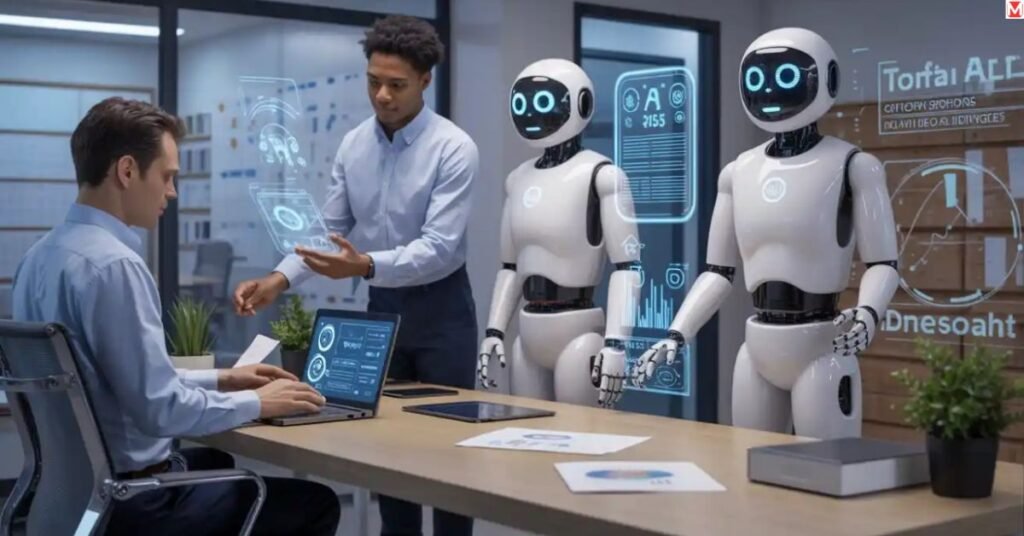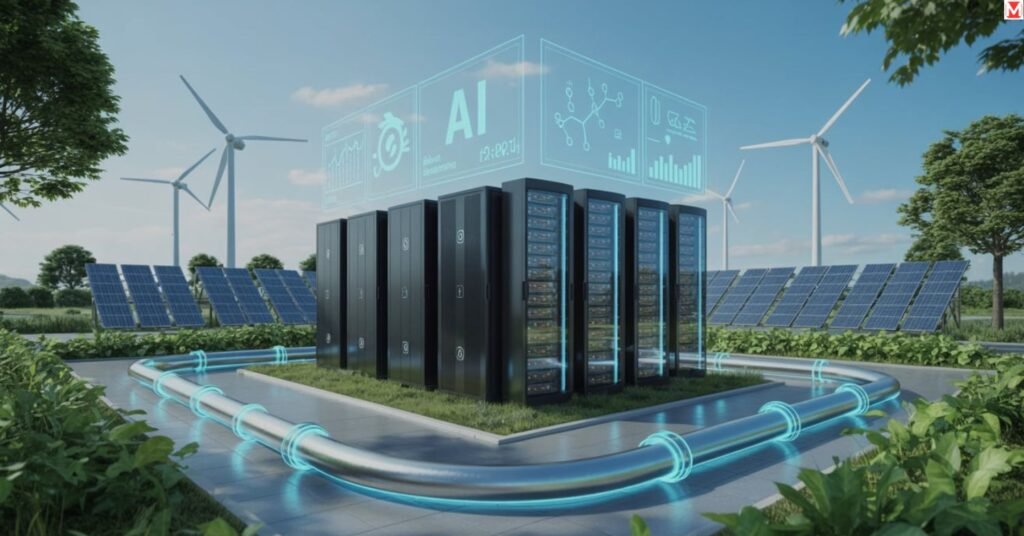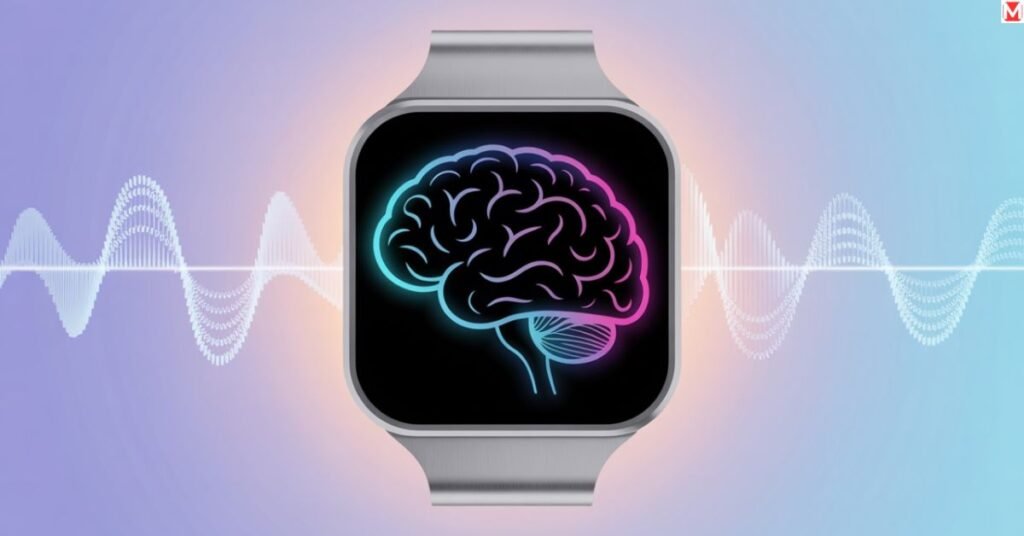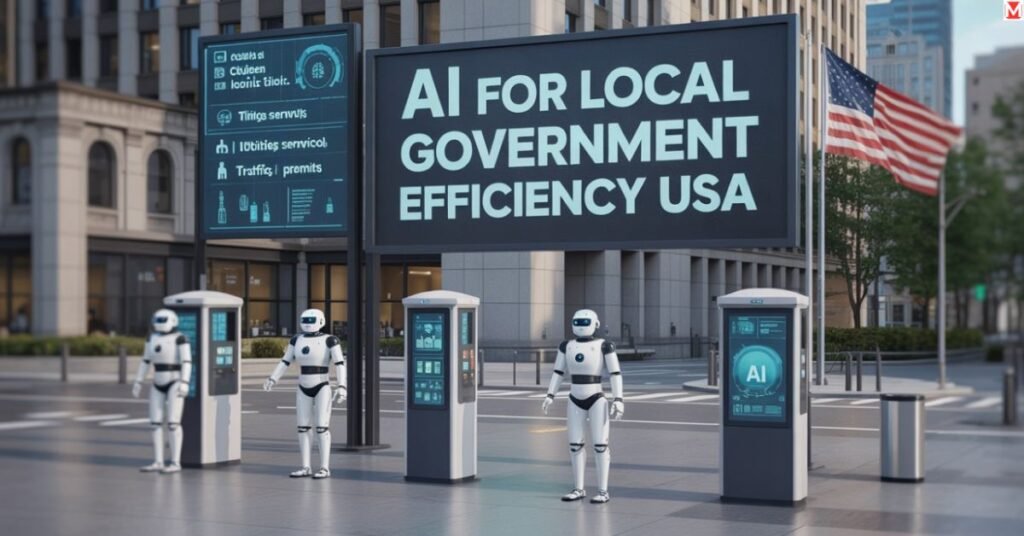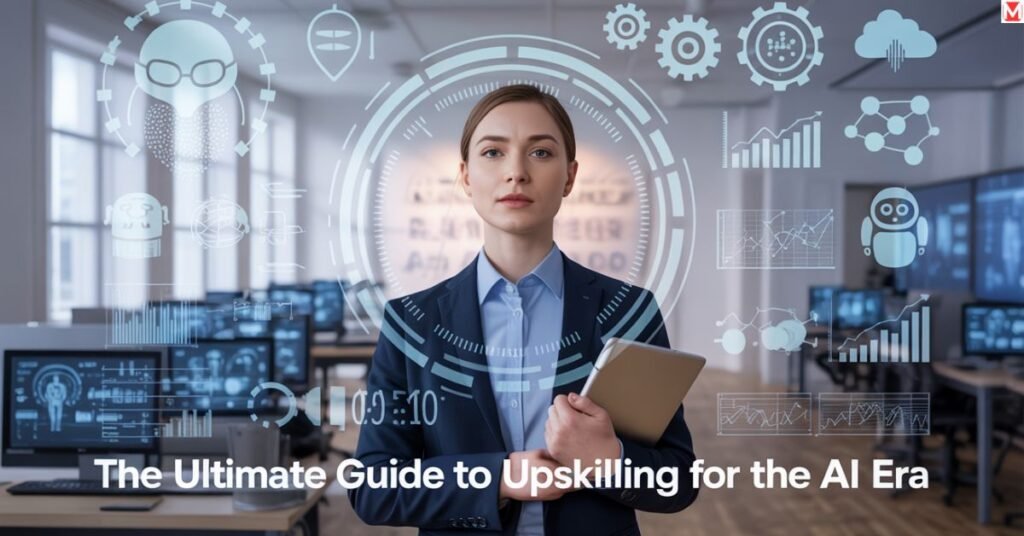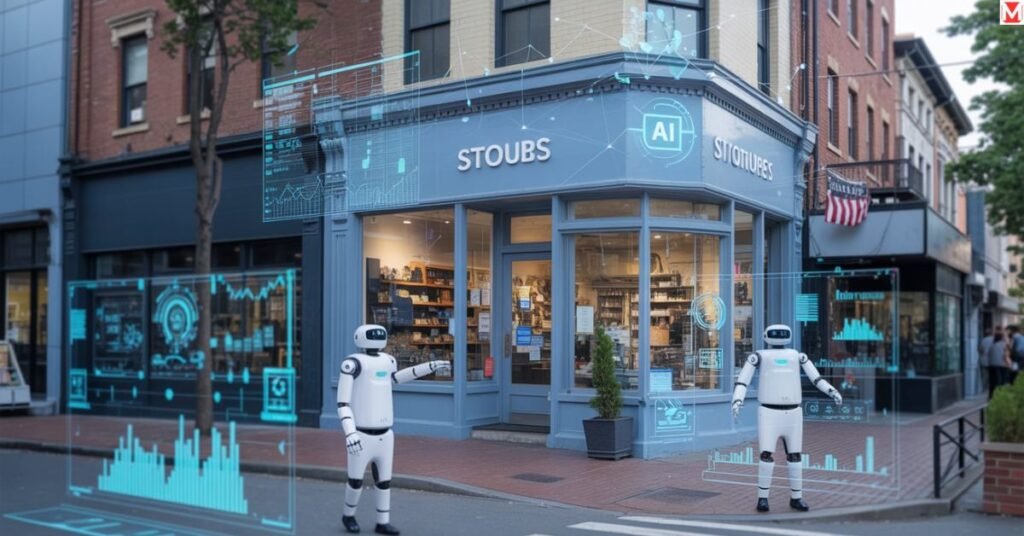Leveling the Playing Field: How Autonomous AI Agents Empower Small Business Automation in 2025
With Autonomous AI Agents acting on our behalf, small business automation has the power to change so much of our world in ways that were formerly unimaginable just a few years ago. The same powerful tools that Fortune 500 companies leverage to make operations more efficient and productive are now available to today’s small businesses. And this pivot creates a tremendous opportunity for entrepreneurs and lean teams to battle on a level playing field with incumbents, thanks to Autonomous AI Agents. In 2025, a tipping point is reached where small businesses across the world can afford and access intelligent automation. These AI-powered tools are not just taking on everyday tasks; they are making intelligent decisions, learning from patterns, and adapting to your business. What is an AI agent for small business automation? An Autonomous AI Agent is a piece of software built on artificial intelligence that’s used to automate tasks, make decisions, and improve over time (thanks to learning). Unlike classical tools, Autonomous AI Agents dynamically adjust, which is very suitable for small businesses that need fast and scalable solutions. AI agents can also automate customer support, inventory management, and marketing analytics, enabling small businesses to optimize operations and devote more resources to growth and strategy. Utility-based agents use a utility function to help them compare and choose the best action among a set of expected utility values, something that is especially useful for tasks such as self-driving cars computing the safest routes. Examples: A chatbot can manage customer queries 24/7, improving response times. A financial AI tool can monitor cash flow, categorize expenses, and identify cost-saving opportunities. By automating repetitive work and performing tasks efficiently, AI agents help small businesses achieve efficiency and scalability while improving customer experiences. READ ALSO: Your Future Home Hub: Inside Apple’s & Google’s AI-Powered Smart Home Command Centers for 2025 Where AI Agents Stand Out for Small Businesses Small business owners encounter unique challenges and issues that could be solved more effectively by Autonomous AI Agents. Small to medium-sized businesses don’t have the luxury of time to set things up like in an enterprise when it comes to backups, so they need something to hit the ground running. Autonomous AI Agents are particularly good at performing many different tasks at the same time. So, while your team concentrates on client relations and charting future steps, these wise coders are in charge of the day-to-day duties of managing inventory, fulfilling orders, and answering customer questions, 24/7. The cost advantage is remarkable. Historic automation forced you to create costly custom software and hire technical people. Today’s AI assistants work through user interfaces that small companies can put in place in hours, not months. Consider how machine learning agents level the playing field: 24/7 Operations: Your business never stops, even when you’re sleeping Instant Scaling: Handle peak demand without hiring additional staff Consistent Quality: Every customer interaction maintains professional standards Cost Efficiency: Reduce operational expenses while improving service quality How Do AI Agents Work? AI agents operate by perpetually watching, interpreting, and responding to information — it’s known as the perception-action loop. In practical terms, that allows them to “observe” your inboxes, your CRM or task manager and decide what to do based on your business logic and business goals. Here’s a breakdown of how AI agents typically function: Perceive: Ingest data from tools like Google Sheets, Slack, or email. Plan: Use AI to understand the goal and determine what needs to happen. Act: Perform actions like sending messages, assigning tasks, or analysing results. Adapt: Learn from what works and improve behaviour over time. Real-World AI Agent Actions Generating weekly performance updates for team leads Auto-assigning incoming sales leads based on priority Recommending campaign actions based on past outcomes Reformatting blog content into email campaigns automatically Unlike one-off automations or static if-this-then-that triggers, AI agents can connect the dots. That’s why businesses using AI tools for small businesses that include agentic capabilities are seeing faster decision-making and better consistency across teams. READ ALSO: How Sustainable Manufacturing is Reshaping the Smartphone Industry AI Agent Use Cases by Role: Owners, Managers, & Marketers Entrepreneurs obtain tactical intelligence from Autonomous AI Agents via data sophistication. These solutions analyze performance outcomes and pinpoint growth potential and potential risks in advance of becoming problems. When Autonomous AI Agents deliver real-time business intelligence through intelligent automation, decision-making is intensified. Owners can also view extensive sales trends, customer satisfaction scores, and operational efficiency on dashboards. Managers use AI-powered workflow tools to optimize team productivity. These systems track project progress, allocate resources efficiently, and identify bottlenecks in business processes. Workflow coordination becomes seamless when AI agents handle scheduling and task distribution. Marketing teams leverage digital marketing automation to compete with larger companies. AI assistants create content, schedule social media posts, and analyze campaign performance. This enables small teams to maintain a consistent marketing presence across multiple channels. Best AI Agents for Small Businesses in 2025 There’s a wide variety of AI agents specifically created for small businesses. Flytask is a complete workflow automation system integrated with project tracking and smart task management. Customer support platforms such as Intercom include AI assistants that respond to basic questions and continually learn from human communications. These systems cut response time and allow staff to attend to the more difficult customer issues. Digital marketing software, such as HubSpot, utilizes Autonomous AI Agents to enhance your email campaign, target specific audiences, and measure your conversion rates. This levels the playing field for entrepreneurs against firms with their marketing departments. With today’s advances in technology, financial management is automated with popular tools like QuickBooks that use Autonomous AI Agents for invoice processing and expense categorization. These tools reduce manual work that has to be repeated and improve accuracy. What to Look for in an AI Agent Selecting the right automation tools demands assessment of your business requirements, technical skills, and capacity. The most effective Autonomous AI Agents simply fit in with what you have today, with options for the line.
